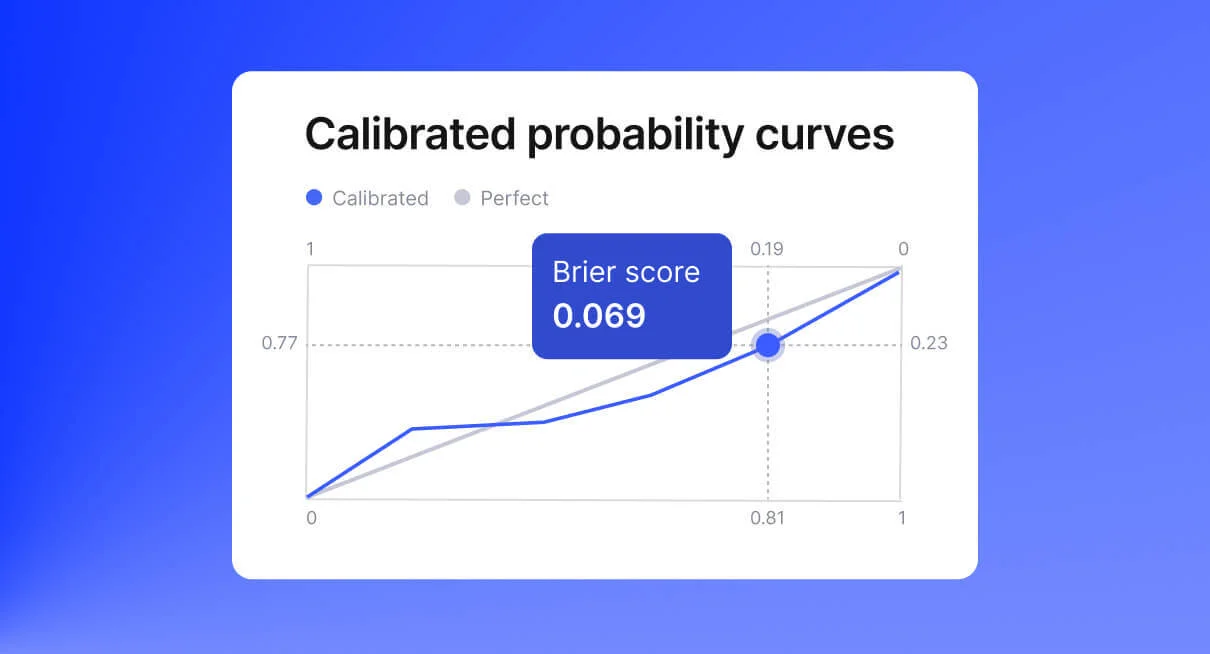
Half of all organizations have experienced fraud in the last year, according to a survey by PwC, with more than 50% reporting financial losses. Of these, one-quarter noted losses of $1 million (per organization) related to fraudulent activity. Although levels of fraud seem to be remaining steady at around the 50% mark over the past few years, businesses are keen to cut these numbers further and actively seek out new technologies to do so. AI fraud detection tools are one option. Currently valued at $2.7 billion (2022), the AI for fraud detection and prevention industry is set to grow to $10.4 billion by 2027 — a growth of 285%. So how does finance fraud detection currently work, and how do AI fraud detection solutions help? Let’s take a look.
What is the traditional loan fraud detection approach?
Fraud detection technology is nothing new. It offers lenders a way to review credit applications and detect fraud or inaccuracies alongside manual operations by staff. Current technology and manual solutions include:
- Manual reviews: staff will manually review the borrower’s documents and ensure their accuracy and relevance for the loan application. This may mean undertaking ID verification, income verification, employment checks, credit history, and document reviews, etc. Although effective, this is time-consuming, the accuracy level is inconsistent, and the solution isn’t very scalable.
- Rules-based systems: using technology, rules-based systems follow predefined rules or thresholds to identify fraud or risk, essentially flagging any suspicious activity. This type of fraud detection technology is fairly standard and is scalable but is unable to operate outside the realms of standard circumstances.
- Anomaly detection: essentially a type of fraud detection in banking using machine learning tools that utilizes statistical data, patterns, or deviations to detect anomalies. Although highly effective, lending providers often suggest such systems deliver a high number of false positives.
In the past, these tools have served well enough to reduce the level of fraud risk. However, as new technologies emerge and fraudsters continue to innovate at the same tempo, organizations are seeking out state-of-the-art AI fraud detection tools to assist.
What is AI for fraud detection?
Artificial intelligence for fraud detection comprises a variety of technologies such as machine learning, deep learning, natural language processing, and predictive modelling to analyze data and detect fraudulent activity, such as transaction fraud detection, application fraud detection, identity theft and more. It can be used to analyze loan applications, automate ID verification processes, monitor borrower behavior, detect anomalies, and more. Let’s take a look at the fraud detection technology solutions and how they work:
- Machine learning uses fraud detection algorithms that train on new and historical data to detect fraudulent activity and recognises patterns or anomalies to detect and prevent fraud. They are deployed to analyze real-time data, including application and transaction data and are able to flag issues early on, minimizing business risk.
- Natural language processing (NLP) draws on text-based data — communications, social media posts, documents, etc. — to flag anomalies or unusual behavior. For example, it may be deployed to identify specific inconsistencies in language usage, information, or other, and in doing so, reduces the risk to the lending organization.
- Predictive modelling AI for fraud detection utilizes historical data to train machine learning algorithms to forecast (predict) potential future outcomes. For example, based on past user behavior, spending habits and other variables, predictive models can generate credit scores and flag high-risk borrower behaviour.
What are the benefits of taking an AI approach to fraud detection?
When onboarding a new technology, due process often involves convincing decision-makers (if this isn’t you) why such a technology is worth a cut of the budget. Here we’ll take a look at some of the benefits of artificial intelligence for fraud detection.
- Increased accuracy and efficiency: AI can analyze large volumes of data quickly and accurately. By reducing human error and completing checks fast, flagging important issues for human decision-makers, AI can prove a vital tool for optimising workflow, enhancing data analysis and identifying complex patterns to reduce fraud.
- Faster processing times: loan applications and management can be undertaken at an even faster speed. This allows lenders to process more applications, deliver decisions faster, and prioritize cases more efficiently to be dealt with manually by the experts.
- Reduction in false positives and false negatives: criticism of previous approaches suggested room for improvement, and that’s where AI steps in. Artificial intelligence for fraud detection, including machine learning, works based on current and historical data to analyze applications and detect fraudulent activities faster, while ‘learning’ to reduce the number of false positives and negatives over time.
- Improved fraud detection: depending on an organization’s needs, they can apply a variety of AI fraud detection tools that work together to identify new and emerging patterns in applications, borrower transactions and more, which may have been missed by previous methods. For example, this may be particularly applicable to new classes of borrowers, such as Millennials and Gen Z, who have less traditional financial backgrounds.
- Cost savings: manual loan fraud detection checks often involve a number of staff checking applications, this is not only time-consuming, but also cost inefficient, especially when there is an alternative solution. AI, in the long-term, can help reduce the costs of manual checks, reduce loss due to human error, and improve processes, lowering operational costs.
Your latest tech upgrade is near
Depending on your past interactions with AI, it may appear to be a futuristic solution. However, it is here, and an increasing number of organizations are employing AI-based solutions for loan fraud detection. There are a number of technologies on the market to choose from, including out-of-the-box and custom solutions, allowing lenders to find the right fit for them.
One such tool is GiniMachine, a no-code AI platform that allows lending organizations to integrate its powerful technology into their native solutions. The platform helps lending organizations — from banks to fintechs — with automated decision-making, risk management, collection scoring, application scoring, credit scoring, analytics and more.
As a Software as a Service (SaaS) lending technology provider, GiniMachine’s team is on hand to guide you in your journey to getting the most from your technology and focuses on helping you achieve a successful outcome. Get in touch today to find out how our platform can meet your needs.



